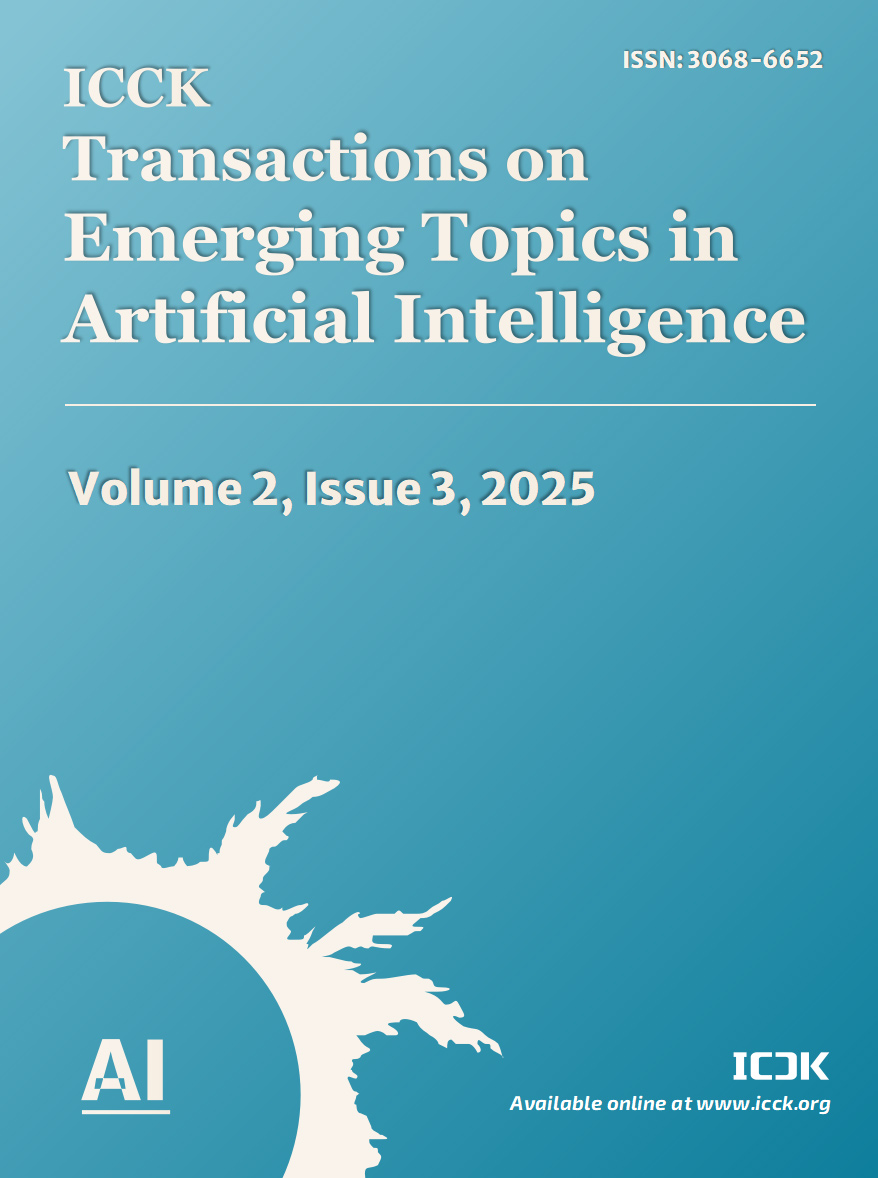Abstract
In the medical field, efficient and accurate classification of sequential and structured data is crucially important and useful for early diagnosis and treatment. Traditional machine learning models struggle with the complexity and nonlinearity of dynamic datasets, whereas deep learning models, despite their effectiveness, require extensive resources and lack transparency. This paper proposes a novel lightweight ensemble framework integrating a parameterized SoftMax function with a non-parametric Random Forest method through a soft voting mechanism, supported by the Nonlinear AutoRegressive eXogenous (NARX) model and optimized using a forward orthogonal search and selection (FOSS) algorithm for feature selection. This innovative approach enhances the accuracy and robustness of classifiers for both static and dynamic medical datasets, while improving interpretability and computational efficiency. Extensive validation on various medical datasets demonstrates the model's superior performance and adaptability, offering a reliable solution for complex medical data scenarios. It is expected that the results achieved in this study paves the way for future innovations in medical data analysis and the broader application of artificial intelligence in healthcare.
Data Availability Statement
Data will be made available on request.
Funding
This work was supported without any funding.
Conflicts of Interest
The authors declare no conflicts of interest.
Ethical Approval and Consent to Participate
Not applicable.
Cite This Article
APA Style
Sun, B., & Wei, H. (2025). A Novel Interpretable Lightweight Ensemble Learning Method for Static and Dynamic Medical and Healthcare Data Classification. ICCK Transactions on Emerging Topics in Artificial Intelligence, 2(3), 1–17. https://doi.org/10.62762/TETAI.2025.713474
Publisher's Note
ICCK stays neutral with regard to jurisdictional claims in published maps and institutional affiliations.
Rights and Permissions

Copyright © 2025 by the Author(s). Published by Institute of Central Computation and Knowledge. This article is an open access article distributed under the terms and conditions of the Creative Commons Attribution (CC BY) license (
https://creativecommons.org/licenses/by/4.0/), which permits use, sharing, adaptation, distribution and reproduction in any medium or format, as long as you give appropriate credit to the original author(s) and the source, provide a link to the Creative Commons licence, and indicate if changes were made.


 Submit Manuscript
Edit a Special Issue
Submit Manuscript
Edit a Special Issue

 Copyright © 2025 by the Author(s). Published by Institute of Central Computation and Knowledge. This article is an open access article distributed under the terms and conditions of the Creative Commons Attribution (CC BY) license (https://creativecommons.org/licenses/by/4.0/), which permits use, sharing, adaptation, distribution and reproduction in any medium or format, as long as you give appropriate credit to the original author(s) and the source, provide a link to the Creative Commons licence, and indicate if changes were made.
Copyright © 2025 by the Author(s). Published by Institute of Central Computation and Knowledge. This article is an open access article distributed under the terms and conditions of the Creative Commons Attribution (CC BY) license (https://creativecommons.org/licenses/by/4.0/), which permits use, sharing, adaptation, distribution and reproduction in any medium or format, as long as you give appropriate credit to the original author(s) and the source, provide a link to the Creative Commons licence, and indicate if changes were made. 